Key Tips To Spot Mold In Your Home
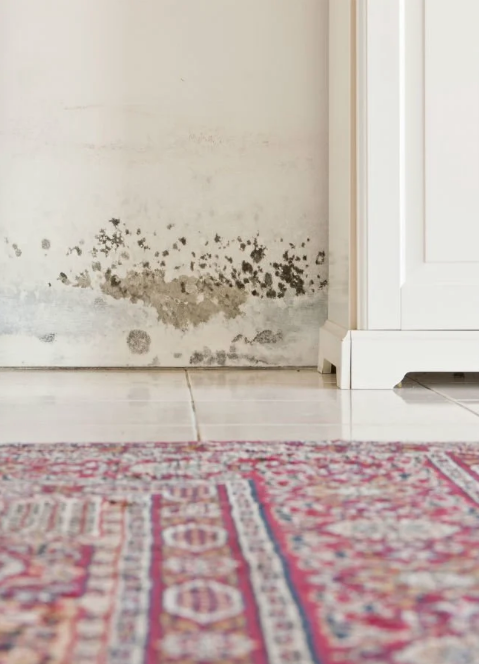
Do you think you have mold in your home? Here’s how to spot it!
 Photo By: Bob Villa
Photo By: Bob Villa
Mold is not always noticeable. Sometimes, you or your loved one might smell something odd, making you feel sick. Leakage and water seeping from the walls, ceilings, and floors might get out of control, causing mold to come back and ruin your home’s structural integrity, your family’s health, and belongings. There are different signs that your house might’ve been infested with mold. That’s why, in this article, you’ll learn key tips to spot mold in your home.
Know What Mold Looks Like
A mildewed surface is a little hard to identify from a dirty one. Fortunately, a simple test can be used to test your house for the presence of mold. Dab a few drops of bleach on the surfaces that look blackened. If the lightened area blackened after a minute or two, this indicates that the surface has mildew. On the other hand, a surface that remains dark would indicate dirt. Here are the good-to-know facts about mold:
- Mold is a fungus found everywhere, growing from tiny spores and may float in the air.
- The comfortable temperature for mold and mildew is between 40- to100-degrees Fahrenheit (4.4- to 38-degrees Celsius) and can land and survive almost anywhere.
- Mildew is a visible, black type of mold that usually grows into large colonies. It’s what you’ll find as the black stuff in your shower, grout lines, deck boards, painted siding, and on damp walls and shady areas.
Now you probably realize the importance of cleanliness inside the home. Because mold and mildew love damp and shady areas, make sure to keep all areas of the house clean and dry. A reputable mold removal services, such as Pure Maintenance of Washington, uses cutting-edge technology to eradicate mold without using toxic chemicals, demolition, and downtime.
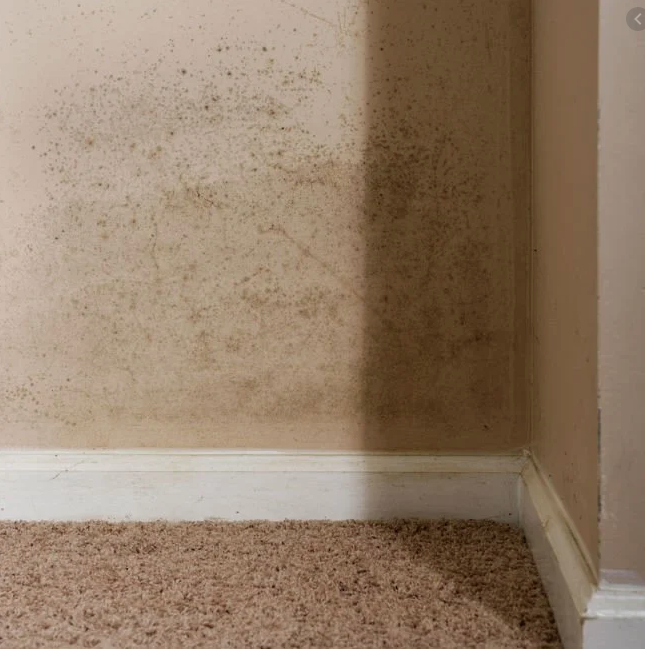 Photo By: Bob Villa
Photo By: Bob Villa
Probe The Suspect Mold Area With A Screwdriver
While mildew is a type of mold that’s visible on the surface and won’t cause damage to the structure of your home, other types of mold usually cause rot. One way to know if mold is spreading in your house is to probe the suspected mold area with a screwdriver. You can use other sharp tools to test for mold. A soft or crumbled wood means that the fungi have already taken hold. If you’ll easily pierce the drywall using a sharp tool, then the mold has “rotted” the surface.
Find Water Leaks Inside a Wall
Aside from the major cause of wasted water in the home, a slow leak in the pipes, appliances, and plumbing fixtures may cause mold growth. It’s important to note that water leaks behind walls develop, which often go undetected. If a pipe leaks, mold starts to grow in the area. A leaking pipe is suspected if mold and mildew are seen in unusual places where water doesn’t usually accumulate, including non-shower walls. Also, the peeling of wallpaper or paint on the walls is indicative of water leakage, as well as a stained or warped wall without apparent reason. Mold loves dark and moist areas. A cracked, buckled, or water-stained ceiling or floor, especially in the bathroom, are noticeable because of mold. In some instances, old, water build-up can also emit foul or musty odor because of damp or frequently wet areas.
To spot and prevent further mold growth, here are some tips to detect and repair water leaks using a water meter:
- All water-using appliances, such as sprinklers, washing machines, and dishwashers, should be shut off first.
- Check the water meter. Record the number of gallons used in your home.
- Don’t use the water in your home for at least three hours.
- Read the water meter again. An increase in the reading of your water meter would be indicative of leakage somewhere in your home. A hidden leak is confirmed if you don’t see any noticeable leaks on the toilets, water-using appliances, or faucets.
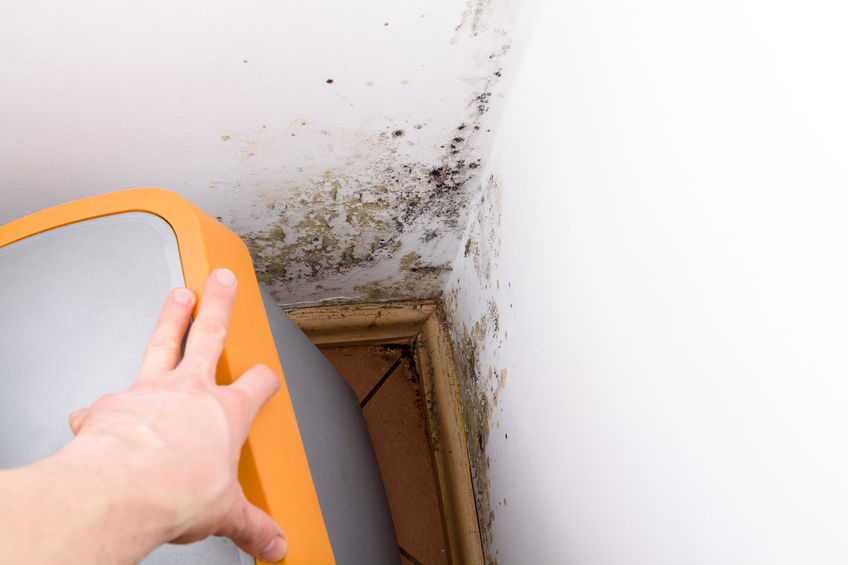
Check Outside Leaks
Mold growth on an exterior ceiling or wall may enter the home. Check for mold growth outside by measuring the moldy area to your door or any reference point. After this, find the spot where mold grows–closely inspect roof flashing, vents, window wells, or decks. Slopes in the ground toward the house and downspouts may empty next to the wall. The wet ground around the house will wick moisture into the slab or foundation, causing persistent dampness. That’s why you have to properly install flashing when you’re fixing the leak.
Detect Mildew in Vents
If not sealed properly, your heating and cooling system may breed moisture inside the vents or ductwork. Because the air inside the vents or ducts is different compared to the air outside, condensation will build up in the air system. This will lead to mildew growth on organic surfaces, including paper and wood. Also, mildew thrives on some paints and cloth fibers. Vents and ductwork also have debris and dirt, making these areas susceptible to mildew growth.
Here are some tips to detect mold problems in vents:
- Check for the first signs of mildew growth in the ductwork by unscrewing and opening the vent from the wall.
- Look for fibers from insulation, scraps of paper, dirt, and debris by shining a flashlight inside, creating a viable environment for mold and mildew to flourish.
- Check if the cloth is damp after wiping it inside the vent. With more condensation, the more likely mold and mildew will form inside the vent.
- Suspect mold even if the air flowing smells old or musty. To prevent health issues, avoid breathing this air for too long.
Test for Mold
To avoid health problems and mold damages due to uncontrolled mold or mildew growth, testing for mold is crucial. Fortunately, commercially prepared test kits are now available to help you confirm the presence of mold at home.
To check the presence of mold in your ductwork or vent system, here’s how to use a test kit:
- Prepare the things you need, such as a screwdriver, flashlight, duct tape, and white cloth.
- To test for mold in your vent system at home, purchase a testing kit for mold and mildew. Open the petri dish of the test kit and pour culture medium, filling the bottom of the dish, then let it sit until the medium turns solid (for about an hour).
- Close all the vents except for one. Choose a vent with the strongest musty odor or one where you’ve spotted black or white spots.
- Hang the petri dish using duct tape onto the vent. If the vent is located in the ceiling, you can suspend it from the vent slats. For wall vents, tape the petri dish sideways. For floor vents, no taping is necessary. Simply lay the petri dish upside down. Let the petri dish sit for about 10 minutes.
- Replace the petri dish lid and then set it on a flat surface. Look for mold or mildew growth inside the petri dish in 48 to 96 hours.
Further testing is required in the presence of dark spots, a fuzzy growth, or discoloration inside the petri dish. To rule out dangerous molds, you need to send the petri dish to the test kit manufacturer’s laboratory for further testing. When your test kit uses a cotton swab, you need to swab the inside of the vent, particularly damp or discolored areas. Cut the tip of the cotton swab in the culture medium container and watch for signs of mold growth. To hold it securely, hold the petri dish in place using a duct tape, which is wider as compared to a painter’s tape.
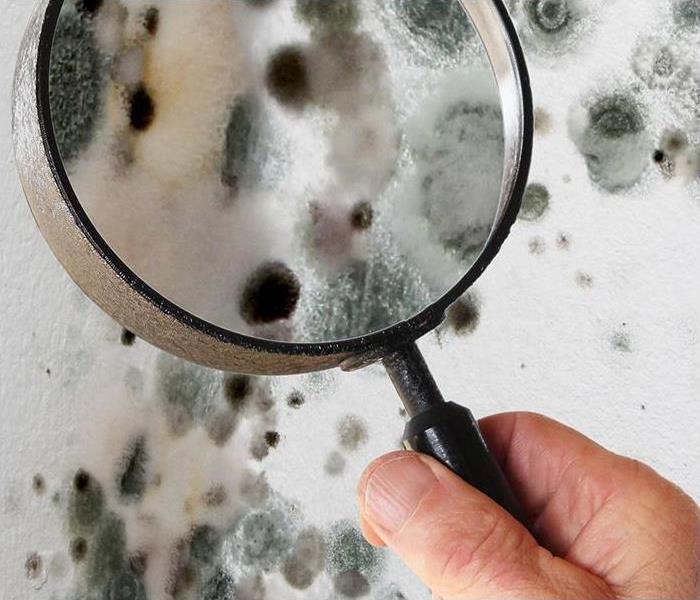
FAQs About Mold and Mildew
- How should you remove mold at home?
There are many ways to remove mold in your home, including the following:
- Use a commercially available mold and mildew cleaning spray or make one at home with four-part water and one-part bleach.
- Use a sponge or damp cloth, scrubbing mold away until mold and mildew are gone.
- Dry the area using a soft cloth.
- Why hire a professional to handle mold?
Hiring a professional to remove mold will ensure that all spores are eradicated, preventing mold and mildew from growing back. A professional mold specialist also has the right knowledge and skills, as well as the experience to source and resolve mold and mildew and avoid health problems.
- Can I use soap and water to remove mold?
Because of the surfactant, soap and water can remove mold and mildew.
- Do I need to wear a mask when cleaning mold?
Remember that spores float on air currents during cleanup. Without safety gear, spores may enter the lungs. A disposable respirator provides suitable protection for light mold cleanup. Also, it’s best to use half-face respirators for a greater degree of protection with the right mold filters.
Conclusion
You can spot mold in your home by following the key tips shared above. First, you have to know how mold and mildew look like. Mildew is more visible than mold, but mold can be more dangerous to health and your home’s structural integrity. Using a screwdriver, you can poke the wall and check for the presence of mold. Also, to rule out the main source of the problem, make sure to check leaks inside and outside the wall. Checking mildew in vents and ductwork also helps rule out hidden leaks. Most importantly, testing for mold and mildew using test kits is highly recommended.


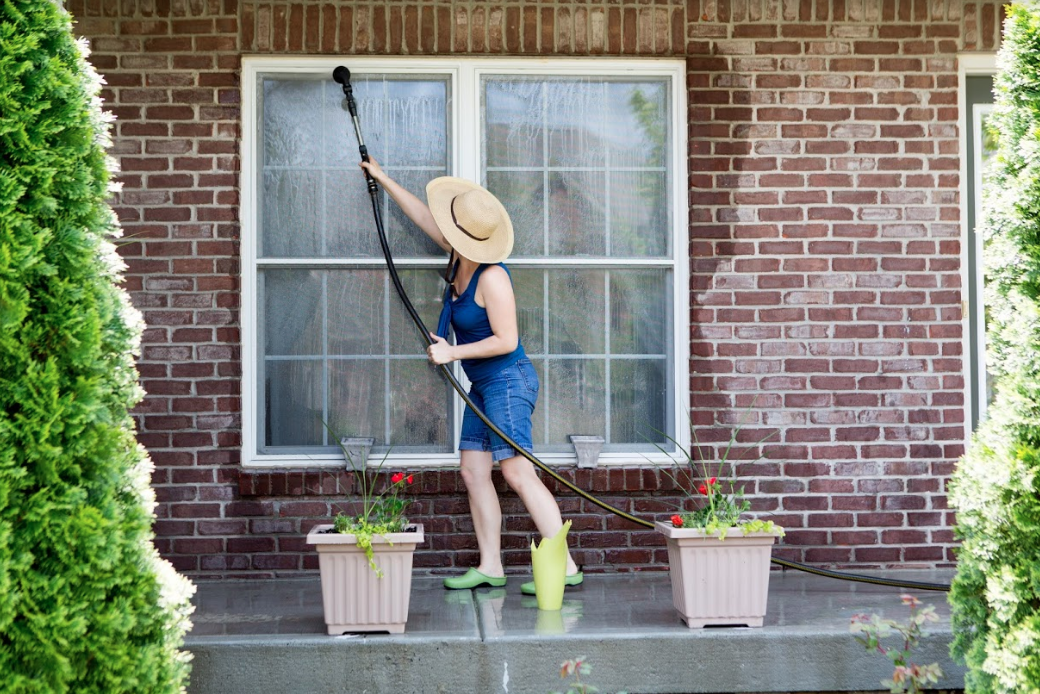
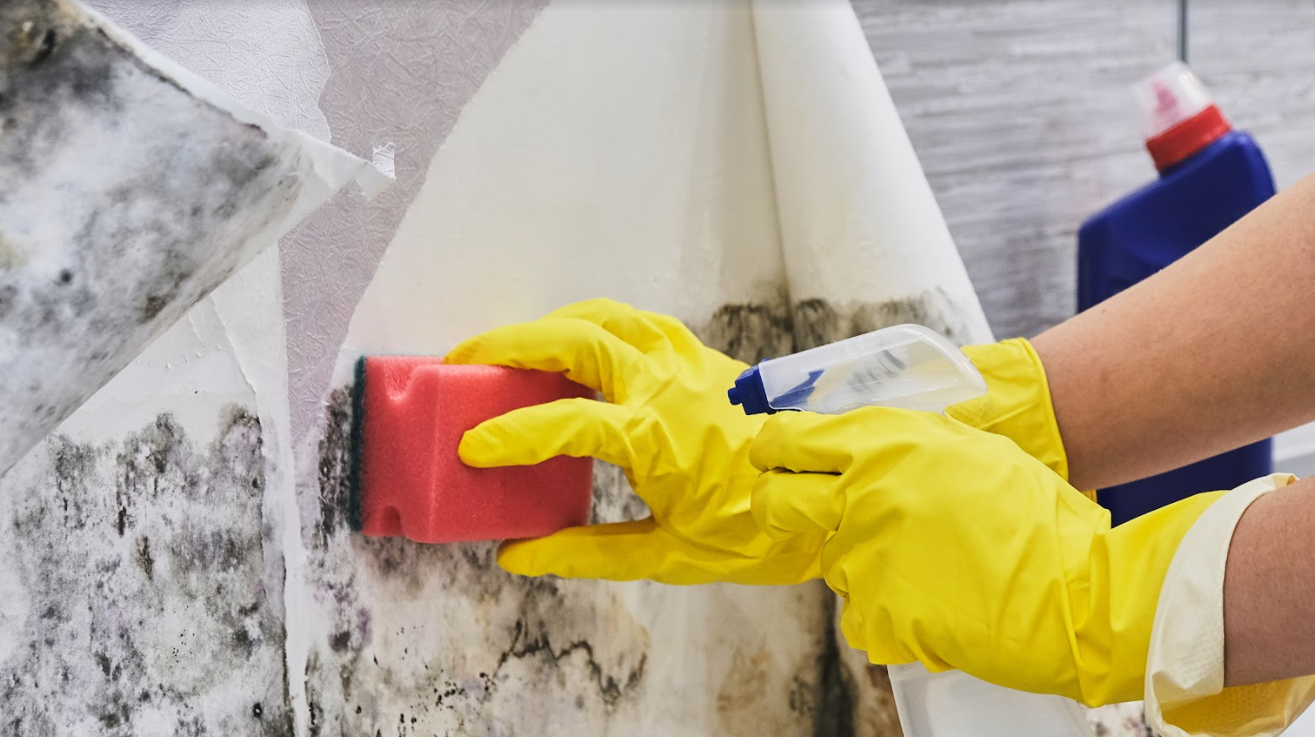
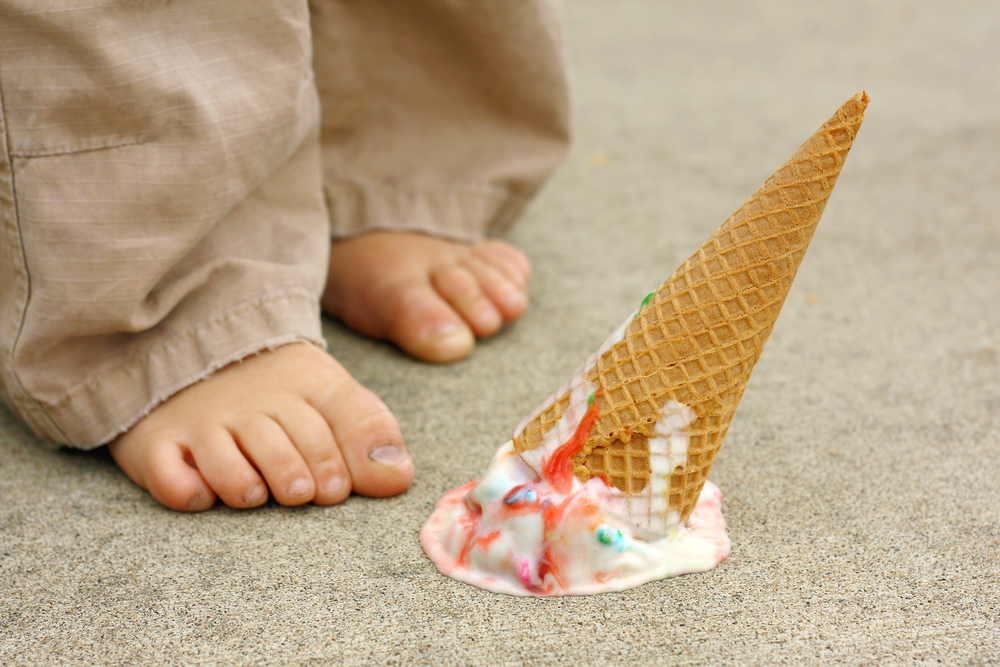


Leave a Comment